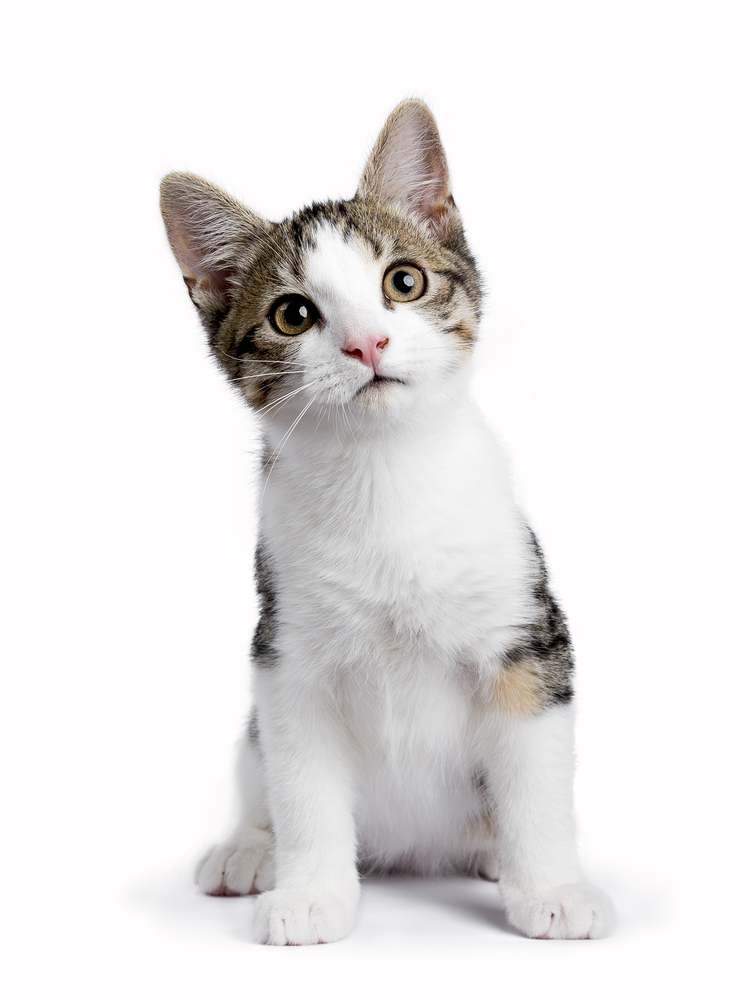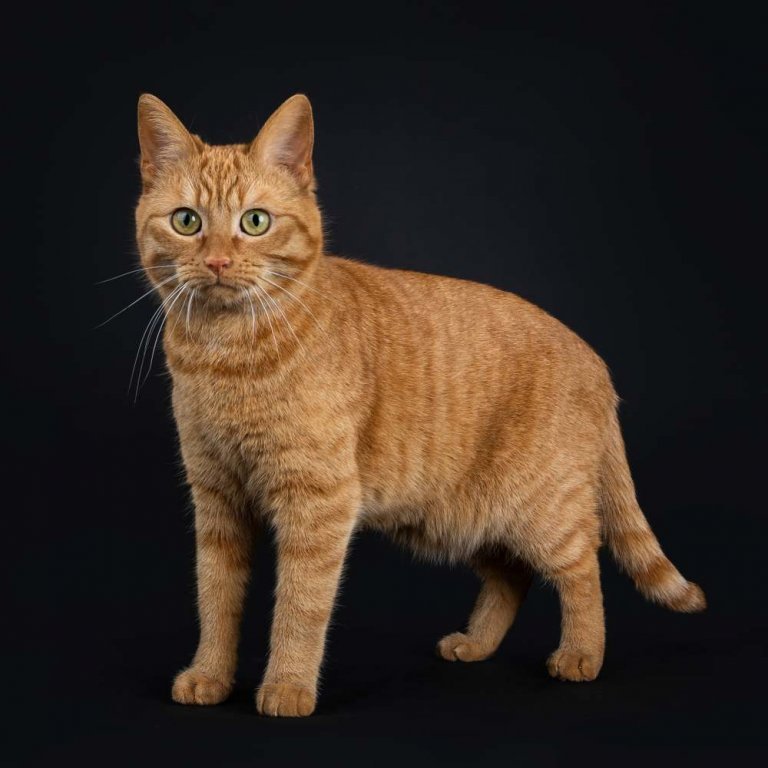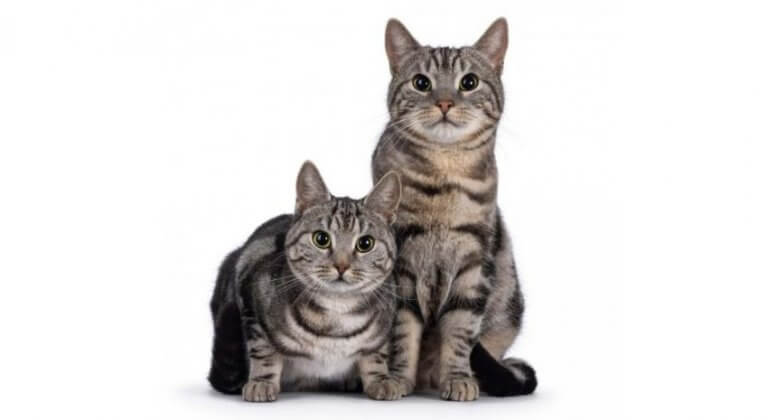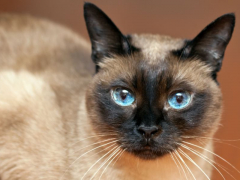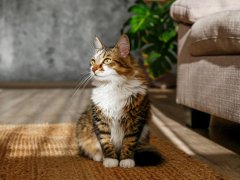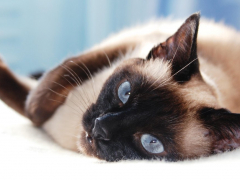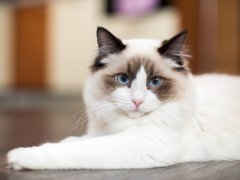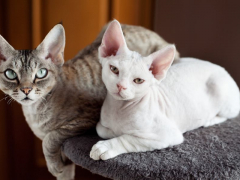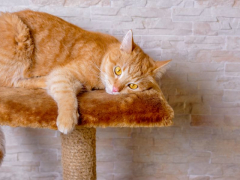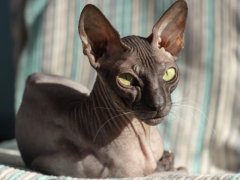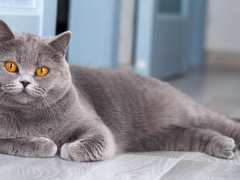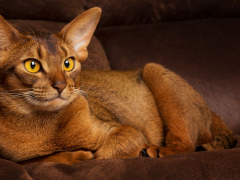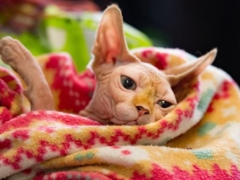Personality and Temperament
A friendly, fun-loving feline that's a favorite with families throughout Europe, the European Shorthair cat is accurately described as the pedigreed version of Europe's domestic shorthair cats.
These cats are extremely docile, with a reputation for making friends with children and other pets including well-behaved dogs and non-dominant cats. It is worth noting that European Shorthair cats are individuals with a wide range of personality traits. They have a reputation for being somewhat territorial, so families with multiple cats should place an even stronger emphasis on finding a cat with a compatible personality when choosing a housemate for the cats already in their homes.
Although they are playful, European Shorthair cats are equally fond of sleep. If you bring one of these cats into your home, rest assured that you'll find them napping cozily anywhere they can make themselves comfortable. Often, they will make their way onto a human companion's warm lap for an extended lounge session. Thanks to their cuddly nature, European Shorthair cats are perfect for anyone who enjoys opportunities to relax with a furry friend.


Care
Nutrition
Grooming
Exercise
Health
European Shorthair cats do not have any special nutritional needs, however they do require a high-protein diet. We recommend offering a high-quality cat food brand with real meat or fish as the number one ingredient.
European Shorthair cats have dense, short coats that don't require a whole lot of care, however they do benefit from one or two weekly brushing sessions. Teach your cat to accept routine teeth brushing and trim the nails every one to two weeks.
To make sure your European Shorthair cat does not become overweight, you might find that it’s necessary to encourage active play. Treat your cat to plenty of toys including interactive options and enticing battery-operated cat toys that move on their own or make sounds that mimic prey.
Save your furniture and help your cat stay strong and flexible by providing them with a cat tree and at least one scratching post.
The European Shorthair cat has a reputation for great health. This breed has no known genetic issues, but as with most cats, obesity can be a problem. Appropriate diet and ample activity can help prevent this issue from ever popping up.
History
Today's European Shorthair cats can trace their ancestry all the way back to ancient Rome. When Roman legions made their way throughout the European continent, they brought cats with them. These cats were tasked with the important job of keeping Roman camps clear of rodents and other pests. As people created settlements and developed farms, the cats stayed on, earning their keep as reliable mousers. These days, they are thought to be Europe's original house cats.
Over the centuries, European Shorthair cats were known by different names including Celtic Shorthair cat. Today, the Celtic Shorthair is a breed of its own.
Pedigreed European Shorthair cats were developed in Sweden, with an eye toward creating a domesticated feline that had a slightly wild edge to its appearance—just like its Roman ancestors. They are stockier than their close cousins, the British Shorthair and American Shorthair.
Even though these cats are vastly different from British Shorthair cats (which were developed using Persian cats to create the signature rounded head shape and somewhat shortened face that gives British Shorthairs their signature appearance), cat fancy associations judged European Shorthair cats by the same standard until they were granted their own category in 1982.
The breed is extremely popular throughout Scandinavia. Oddly, it is now considered to be one of Sweden's rarest cat breeds.
